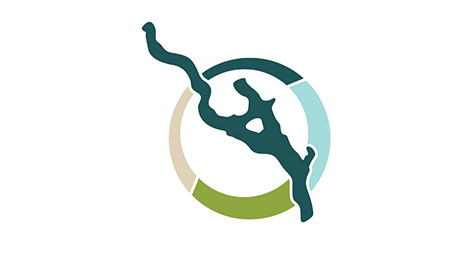Surveillance - civil security
NTNU Civil security - Surveillance

Multidomain mapping, monitoring, and surveillance
The research group on Surveillance uses satellites and robots for mapping, monitoring, and surveillance from space, from the air, on the ocean surface, and underwater. We are using and developing the observational pyramid. This method/concept has many applications, from mapping ecosystems, predicting and detecting algal blooms and forest fires, monitoring ships and underwater activities, to detecting interference (jamming) and spoofing of navigation and communication signals.
Background
New sensors, sensor-bearing robots and platforms, communication technologies, digital twins, and artificial intelligence form a powerful combination that open up new possibilities. By utilizing the observational pyramid, we can better understand natural phenomena and monitor activities more efficiently, cost-effectively, and with a smaller environmental footprint than before. Today's robots depend on satellite navigation and communication, which are vulnerable technologies that must be integrated with other technologies in the future.
The sensors must provide data of sufficient quality for users to trust it. Managing, communicating between, and coordinating different sensor-bearing platforms require advanced operations and procedures. Data must be processed partly onboard the different platforms and centrally and shared in near real-time so that operators and other autonomous platforms can benefit from the information. At the same time, decision-support systems must deliver timely and reliable information. In organizations comprising both humans and machines, clear interfaces and an understanding of the interaction between algorithms, machines, and humans are also required.


